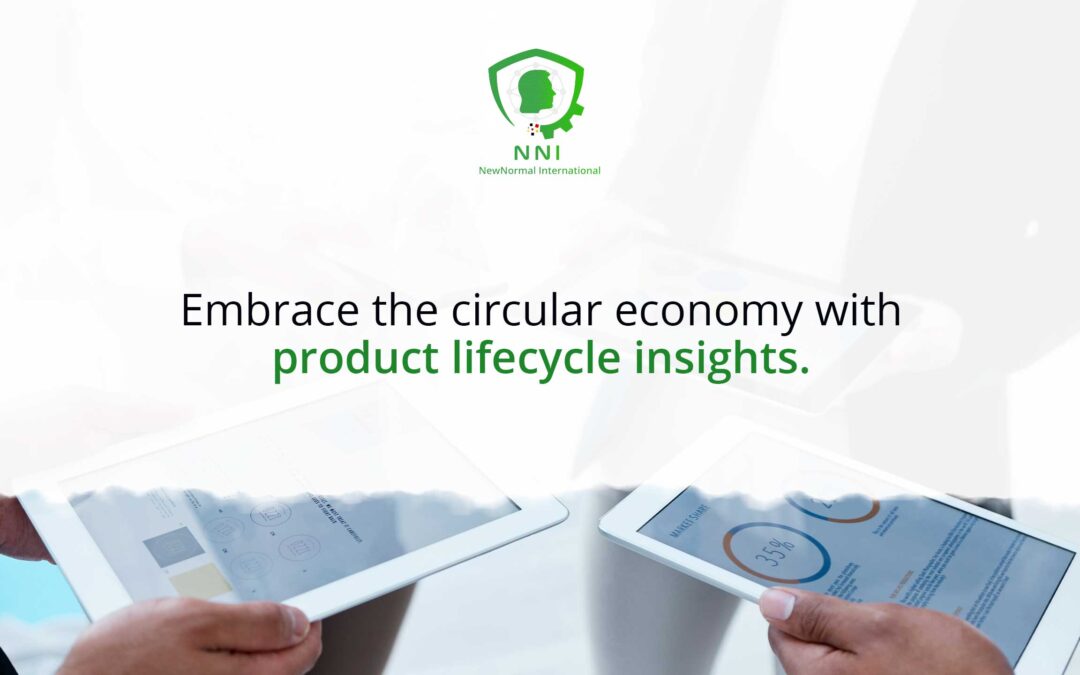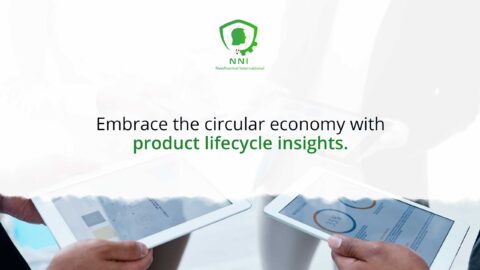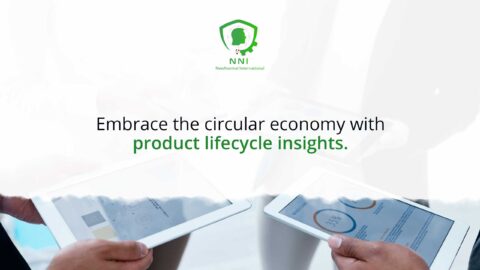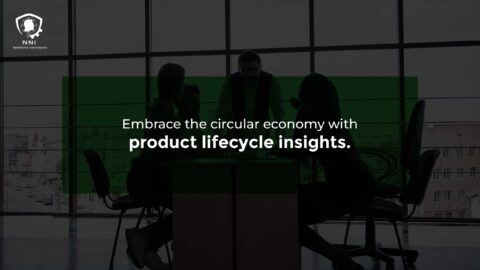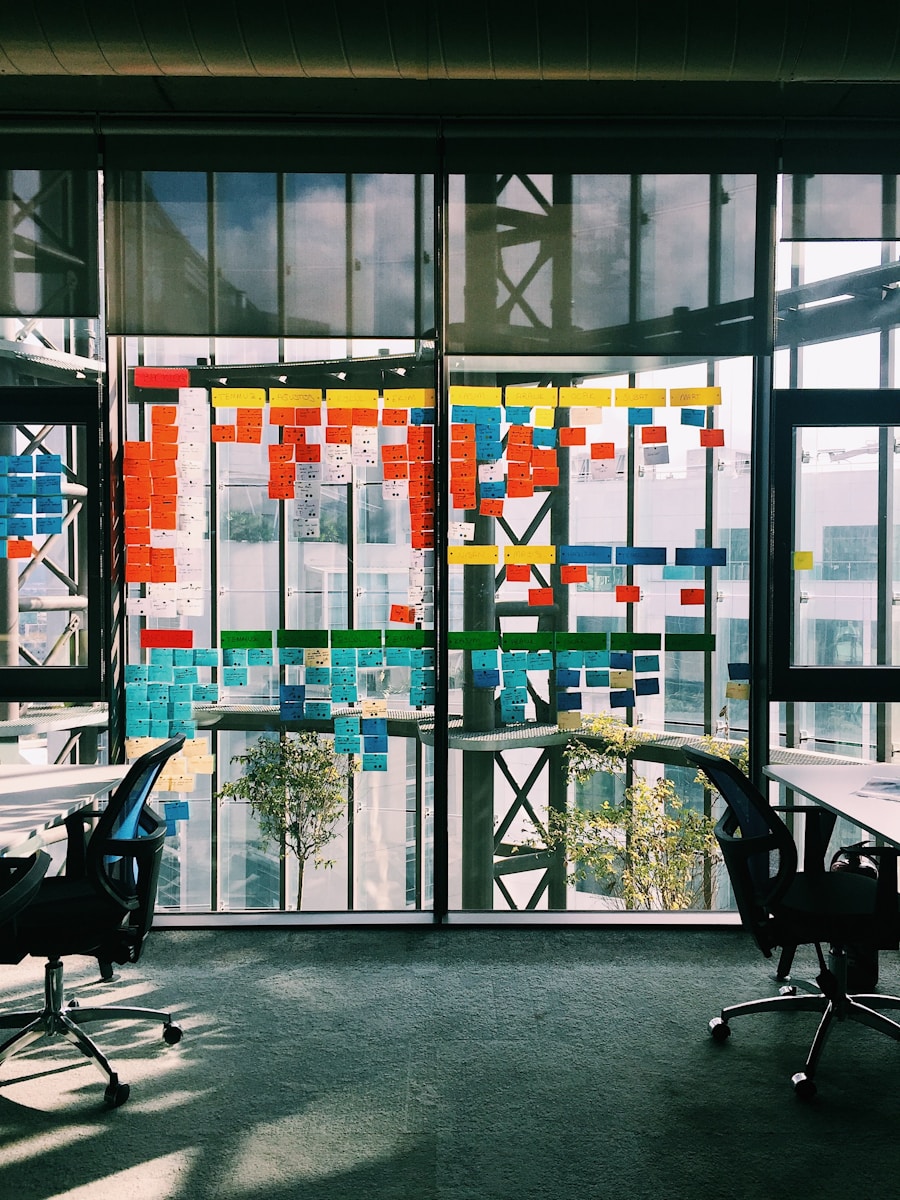Leveraging Product Lifecycle Management for Circular Economy Success
In the contemporary business arena, the need to embrace the circular economy with product lifecycle insights has become imperative for sustainable and efficient business practices. This article delves into how understanding product lifecycles contributes to the circular economy and fosters long-term business success.
Understanding the Circular Economy and Product Lifecycle Insights
In an era of dwindling resources and environmental challenges, the traditional linear economy of “make, use, and dispose” is no longer sustainable. The circular economy emerges as a transformative force, offering a fundamentally different approach that prioritizes resource conservation, waste reduction, and product longevity. By delving into the intricacies of the product life cycle, from design and manufacturing to use and end-of-life management, businesses can unlock a wealth of opportunities to:
Extend Product Lifecycles: Through innovative design, robust materials, and proactive maintenance programs, businesses can extend the functional life of their products, minimizing the need for replacement and associated resource consumption.
Reduce Waste Generation: By carefully analyzing and optimizing production processes, businesses can minimize waste generation at every stage of the product life cycle, from initial material extraction to end-of-life disposal.
Encourage Recycling and Reuse: Implementing closed-loop systems that facilitate the collection, recovery, and reintegration of materials into new products creates a circular flow of resources, minimizing reliance on virgin materials and reducing environmental impact.
Boost Resource Efficiency: By maximizing the utilization of resources throughout the product life cycle, businesses can achieve significant reductions in resource consumption, leading to cost savings and a more sustainable operation.
Foster Innovation and Collaboration: The circular economy incentivizes innovation in product design, manufacturing processes, and end-of-life management, fostering collaboration and partnerships across diverse industries.
Understanding the product lifecycle is not just a technical exercise; it’s a fundamental shift in business thinking. By embracing the cyclical nature of resource use, businesses can unlock a multitude of benefits that go beyond environmental sustainability:
Enhanced Brand Reputation: Consumers are increasingly seeking products and services that align with their sustainability values. By demonstrating a commitment to the circular economy, businesses can strengthen their brand reputation and attract eco-conscious customers.
Reduced Operational Costs: By optimizing resource utilization and minimizing waste, businesses can achieve significant cost savings across their operations, improving profitability and financial sustainability.
Enhanced Competitive Advantage: Companies that embrace the circular economy are positioned to gain a competitive edge by offering innovative products and services that address evolving consumer preferences and regulatory requirements.
Increased Resilience: By diversifying material sources and reducing reliance on virgin materials, businesses can build greater resilience against supply chain disruptions and price fluctuations.
Improved Risk Management: Implementing sustainable practices reduces environmental and social risks, enhancing brand reputation and mitigating potential legal and financial liabilities.
In essence, the circular economy is not just a fad; it’s a paradigm shift towards a more sustainable and equitable future. By gaining insights into the product lifecycle and implementing strategies that minimize waste and maximize resource efficiency, businesses can not only contribute to environmental stewardship but also unlock a wealth of opportunities for innovation, cost savings, and long-term success.
So, embrace the circular economy and step into a future of shared prosperity and environmental responsibility. Let understanding the product lifecycle be your guide, leading you on a journey towards a world where resources are conserved, waste is minimized, and sustainable practices become the norm.
Integrating Circular Economy Principles in Change Management
Incorporating circular economy principles into change management strategies requires businesses to rethink and redesign their processes and products. This transition not only contributes to environmental sustainability but also opens up new business opportunities and revenue streams.
Executive Coaching for Circular Economy Leadership
Executive coaching plays a crucial role in equipping leaders with the knowledge and skills necessary to implement circular economy principles. This involves understanding product lifecycle insights and integrating them into business models and decision-making processes.
Effective Communication of Circular Economy Strategies
For a successful transition to the circular economy, effective communication is key. Businesses must clearly articulate the benefits and practices of the circular economy to employees, stakeholders, and customers to ensure collective understanding and participation.
Role of Generative AI in Enhancing Product Lifecycle Management
The application of generative artificial intelligence can significantly augment product lifecycle management. AI can analyze large datasets to provide insights on material usage, product design optimization, and end-of-life recycling options, thereby enhancing circular economy practices.
Conclusion
In conclusion, to “Embrace the circular economy with product lifecycle insights” is to commit to a sustainable and efficient future in business. This approach not only benefits the environment but also drives innovation, customer satisfaction, and long-term profitability.
#CircularEconomy, #Sustainability, #ProductLifecycle, #BusinessInnovation, #EcoFriendlyBusiness


